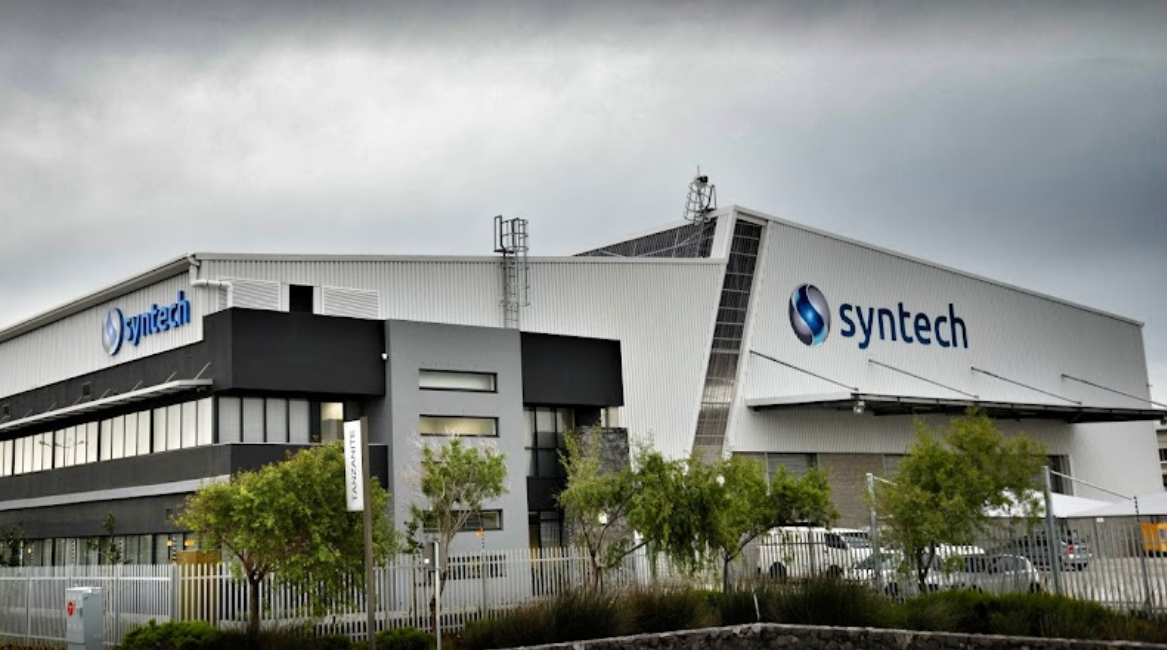Electronics are more important to society than ever before and, as they grow even more important and even more complex, most are still unaware of how they’re made and – importantly for South Africans – how they arrive in the country.
Handling exactly that is Syntech, a local leading distributor of electronics like Microsoft, Xiaomi, Redragon, AMD, Intel, Crucial and much, much more.
To answer the question of how exactly electronics arrive in the country and the thorough certification process, Craig Nowitz, CEO (pictured below) gave us a lesson on the basics.
“From an approvals point of view in South Africa, the National Regulator for Compulsory Specifications (NRCS) monitors all electronic goods coming into the country. The certification that South Africa uses is the International Electrotechnical Commission (IEC) report while the EU mainly uses a CE report. Most factories that we deal with use a CE certification if the products are going to the EU and if they are going to the US, then they get an FCC certification. An exception is Germany with a CB certification which included an EIC report,” Nowitz tells us.
With those certifications in mind testing has to be done to meet them, and to do this Syntech makes use of an independent laboratory in China. Syntech actually has boots on the ground in China with an office in Shenzhen, the city famous for its technology production. Shenzhen is known as the global centre for all things electronic and this office joins the local Johannesburg and Cape Town offices of Syntech.
Samples from factories are taken by Syntech to this lab to do the full certification and testing under the most recent IEC standard – 62368. Syntech then verifies these tests and submits them to the NRCS for approval and awaits the Letter of Authority (LOA) which will then allow them to commence sales.

Once Syntech’s testing is done it can take between two and six months before the LOA arrives. Dealing with all the delays in various processes in the supply chain is a balancing act that Syntech walks daily.
“From a manufacturing point of view a lot of products we are now offering is what is known as an ODM product – Original Design Manufacturer. For products done this way we specify the design, its specification, its unique features to address the South African market and more. From there the time frames can add up with mould making taking around 30 days, manufacturing and testing another 30 days and then on a lot of devices with batteries (certified as dangerous goods because of large batteries) we need to ship them sea freight and not many vessels accept this kind of cargo, so this can add six weeks. So from original design and concept to finished goods in the country we’re looking at around three and a half or four months… but then if we don’t have the LOA it could add another three or four months,” Nowitz says.
This approach is just one way that products are made for and sent to South Africa, but it’s not the only way.
“On the other side of things is the OEM or Original Equipment Manufacturer approach. Here, a company goes to a factory and you take an existing product, don’t make any modifications, and get that approved instead. You can cut down a lot of time with this approach but you miss out on creating a new product that suits South Africa specifically,” Nowitz continues.
All of this strict testing, standardisation and international cooperation is just the tip of the iceberg. Special fire-resistant packaging for large battery devices, delivery to stores and homes, advertising, fulfilment and more all go into your electronics before they ever arrive in your hands.
It’s an immensely complex job and we don’t envy Syntech one bit, making every device that arrives in South Africa a small miracle and if you to know more about electronics in South Africa and the immense amount of work that goes into them, see our previous feature story where Nowitz and Syntech Sales & Marketing Director Ryan Martyn explain how the company came to house so many top electronics brands. [LINK FOR FIRST INTERVIEW GOES HERE]

